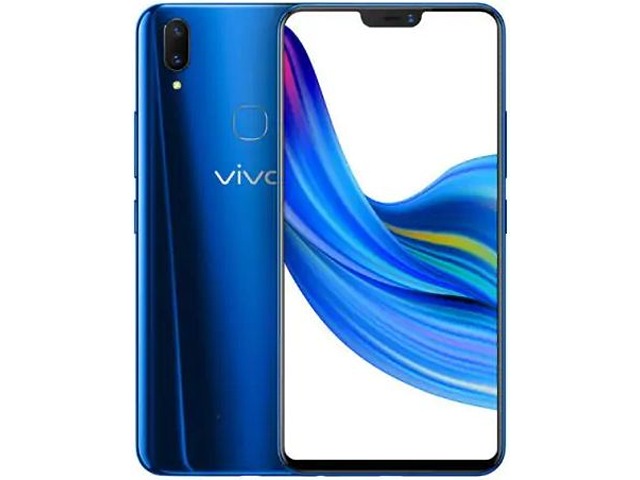Mobile phones are sold with a variety of design features and are frequently exchanged for socioeconomic and technical factors. So, it’s crucial to understand some specific hardware parts (such as the display, battery, and CPU), as well as the OS, and use such devices for a long time before having to exchange them. Fortunately, our vivo Z1 review will help you cover all the requirements for buying the finest cellular phone.
vivo Z1 model status in the market is: Available. However, it is announced by vivo company on 5/1/2018 and Released 2018, June.
vivo Z1 has 64GB 4GB RAM, and 3260 mAh battery life (the more mAh value gives more strength to the battery). When you buy vivo Z1, you will gain 13 MP, PDAF rear camera and 12 MP, f/2.0, (wide), 1/2.8″, 1.28µm selfie camera.
vivo Z1 comes with a 6.26 inches, 97.8 cm2 display size .
vivo Z1 has these software and hardware platforms:
* Android 8.1 (Oreo), Funtouch 4 OS,
* Qualcomm SDM660 Snapdragon 660 (14 nm) Chipset
* Octa-core (4×2.2 GHz Kryo 260 Gold & 4×1.8 GHz Kryo 260 Silver) Processor.
In this article, you will find vivo Z1 review which will explain the main vivo Z1 specs that you need to make a wise decision about your new device.
Know All About Body Specs In This vivo Z1 Review
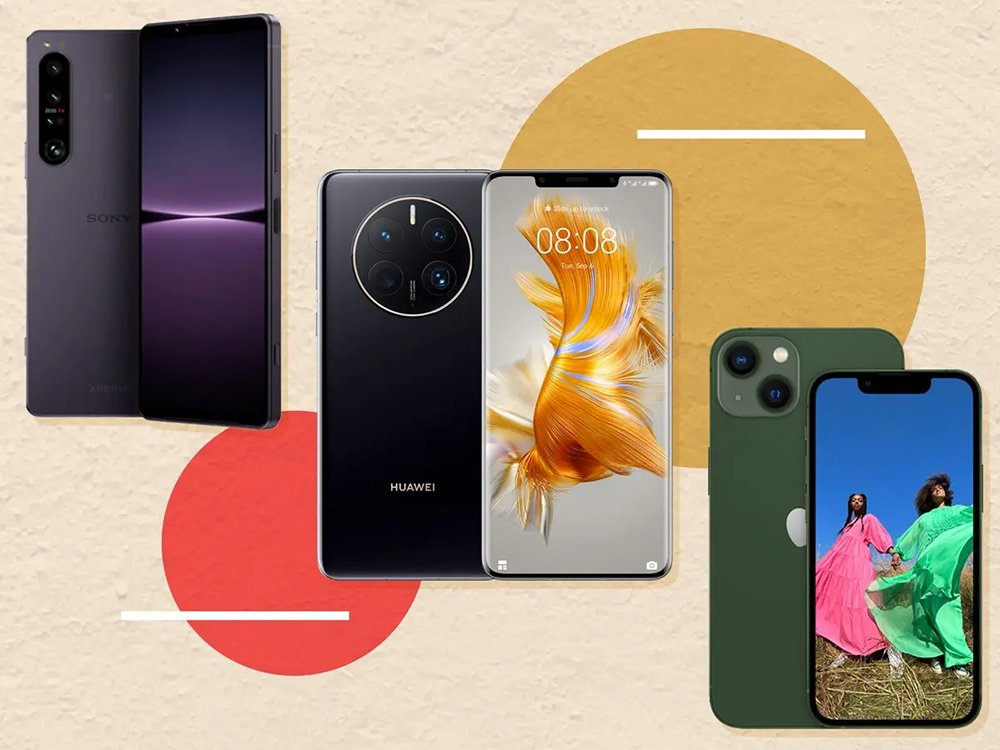
The body specifications of the smartphone, which include body size, body weight, and body build, should be taken into account while selecting a new mobile phone.. You can read an vivo Z1 review relating to the body specifications in the lines that follow..
* Body Dimensions: 154.8 x 75 x 7.9 mm (6.09 x 2.95 x 0.31 in) which mean height, width, and thickness (depth) respectively.
* Body Weight: 149.3 g (5.26 oz).
The ideal weight of a mobile phone is between 140g to 170g, which is good for most users.
* Body Build: Glass front, plastic back, plastic frame.
The markets offer a variety of body types.:
* Metal. The name indicates that this type is made of metal, Consequently, it has the greatest strength to shield the mobile phone parts..
* Plastic. It can be more durable than metals because it doesn’t bend and is more sturdy than glass because it doesn’t break easily.
* Glass. smartphones made of glass look more attractive and shiny, however the brittle nature of glass makes it more fragile.
vivo Z1 Review of The Available Colors
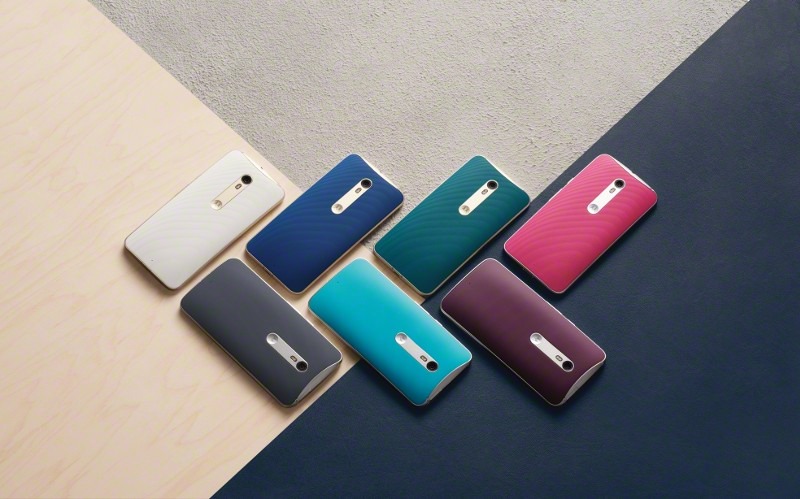
Choosing the color of the smartphones does not affect the quality of its work or the effect of heat on its internal components, so you can select the color based on your preferences or the nature of your use of the phone.
vivo Z1 comes in the following colors: Sapphire blue, Enamel blue, Hyun red, Enamel black, Black gold limited edition, Aurora Special Edition.
No More features Confusing After Reading vivo Z1 Review
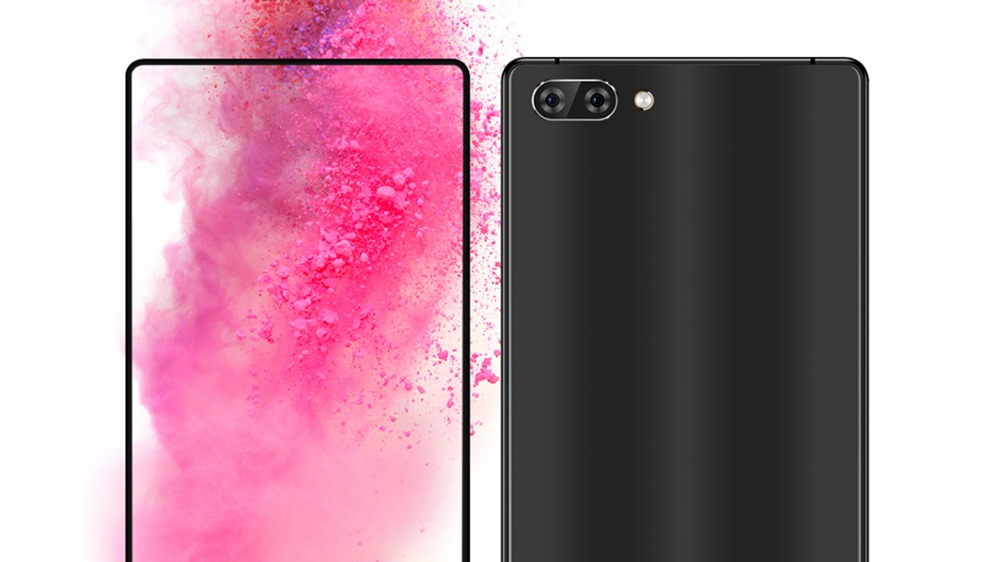
The mobile phone’s display is the essential component of the user interface, so it is important to understand its specifications well, then you will be able to select a cellphone with screen that fits your needs.
The following lines describe the main features of vivo Z1. screen
Display Type: IPS LCD – Keep in mind to go for a display type that provides more flashy colors and real black..
Display Size: 6.26 inches, 97.8 cm2 – The common standard screen size of cellular phones now averages between 4.7 and 6.5 inches.
Screen To Body Ratio: (~84.2% screen-to-body ratio). It provides the percentage of how much of the front face is covered by the screen.. Smartphones that have the largest screen to body ratio look delicate and give it a premium look.
Display Ratio: 19:9 ratio. the Aspect ratio is the relevance between the height and width of the smartphone screen. Taller aspect ratios like 19.5:9 is coming with the most modern smartphones, and it is suitable for web browsing, and other portrait orientation apps.
Display Resolution: 1080 x 2280 pixels. It is the clarity of an image video in details and sharpness. The pixel resolution for high definition screens is 1920 x 1080.
Display Density: (~403 ppi density). It is the number of physical pixels per inch on a screen, and is measured in Pixels Per Inch (ppi).
vivo Z1 Review – Camera Specifications
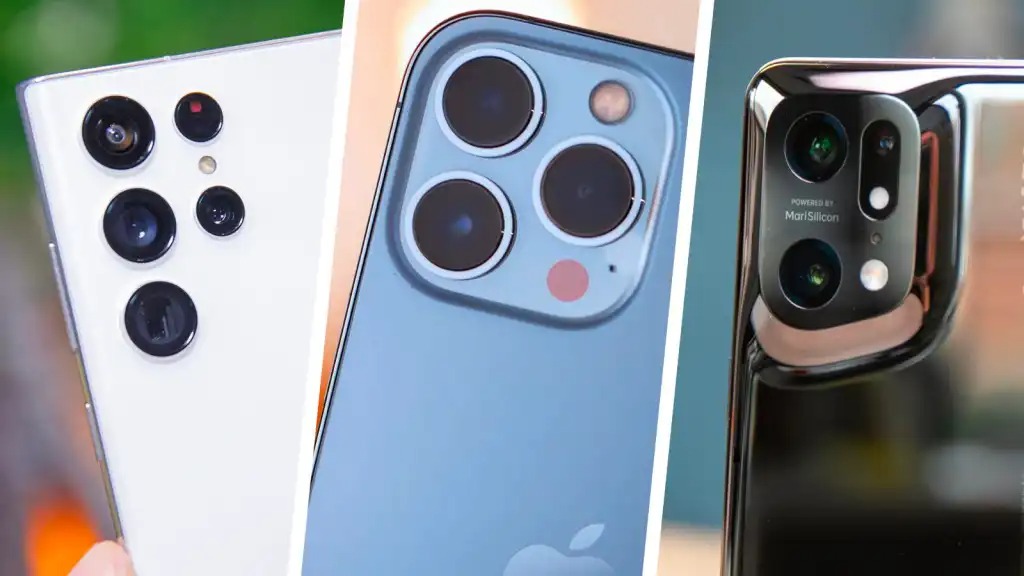
In the following lines, you will find vivo Z1 review about the main cameras.
* Main Camera Single: {13 MP, PDAF}.
The following lines sort-out some of the symbols included in the camera features:
MP (Megapixels) is the resolution of the image taken by a cellular phone.
(f value) is the aperture of a lens indicates how much light it lets in. The larger the aperture, the more light is let in; conversely, a smaller aperture lets in less light.
(mm value) This measurement is of the lens’s focal length, which affects the final image that is produced by your camera.
AutoFocus (AF) is the function of a camera to automatically focus on a subject.
* Main Camera Dual: 2 MP, (depth)
The main camera features are as follows:
HDR, panorama, 4K@30fps, 1080p@30fps main video camera.
In the following lines, you will see vivo Z1 review of the selfie camera:
* Selfie Camera Single: 12 MP, f/2.0, (wide), 1/2.8″, 1.28µm
The main camera characteristics are:
1080p@30fps Selfie video camera.
Important Details About The SIM – vivo Z1 Review
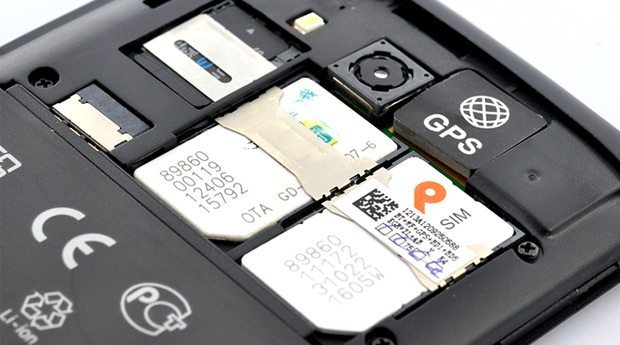
A SIM (Subscriber Identity Module) is a smart card that connects your wireless device to the mobile network so that you can make calls, send SMS messages, and use mobile internet services like 3G, 4G LTE, and 5G. For more info about 3G / 4G networks, refer to vivo Z1 3G or vivo Z1 4G articles You can use your smartphone without a SIM card for many things, like playing games, using the calculator, saving notes, taking photos, and many other applications. The following three sizes are available for SIM cards: Standard (Mini), Micro, and Nano.
This phone model comes with Hybrid Dual SIM (Nano-SIM, dual stand-by) card. For more information, refer to How to insert SIM card in vivo Z1 article.
Here are the common SIM card types:
* Nano SIM. It is the smallest removable SIM card size, so it is the most modern one (other than eSIMs, which we’ll read about it very soon) and it’s used by the vast majority of current cellphones.
* Micro SIM. They have a slightly larger chip, and they haven’t been utilized too often recently.
* Standard SIM (Mini SIM). It is the biggest SIM card size in use, and it’s the most rarely used.
* eSIM. It is an embedded SIM card, i.e., you can’t take it off of your mobile phone.
The Performance – vivo Z1 Review
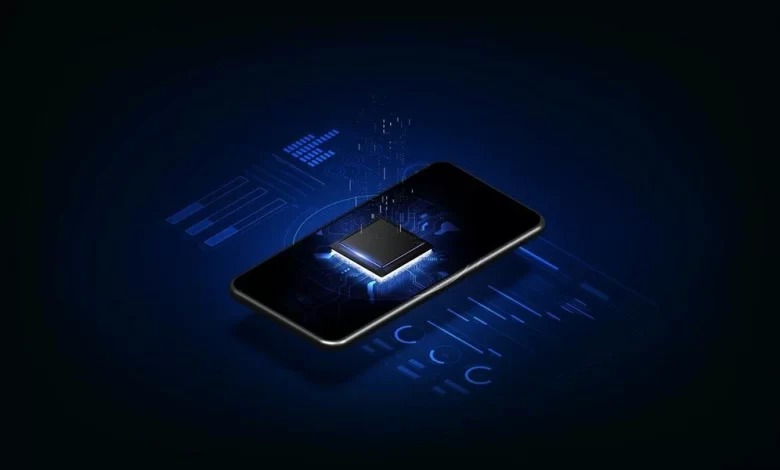
This model has Qualcomm SDM660 Snapdragon 660 (14 nm) chipset.
A chipset on a cellphone is most usually termed as a system on chip (SoC). It is an integrated circuit that houses all of a device’s essential parts on one chip.. The most famous types are: QUALCOMM Snapdragon, MEDIATEK CHIPSETS, and INTEL ATOM.
vivo Z1 has Octa-core (4×2.2 GHz Kryo 260 Gold & 4×1.8 GHz Kryo 260 Silver) CPU.
The performance of the CPU will be improved if the CPU has more cores and higher speed of processing.
vivo Z1 has the following GBU (Graphics Processing Unit): Adreno 512.
This chip is responsible for handling and accelerating all graphics jobs, and more faster GPU means more powerful cellular phone will be.
vivo Z1 Review of the Storage Specs and Capacity
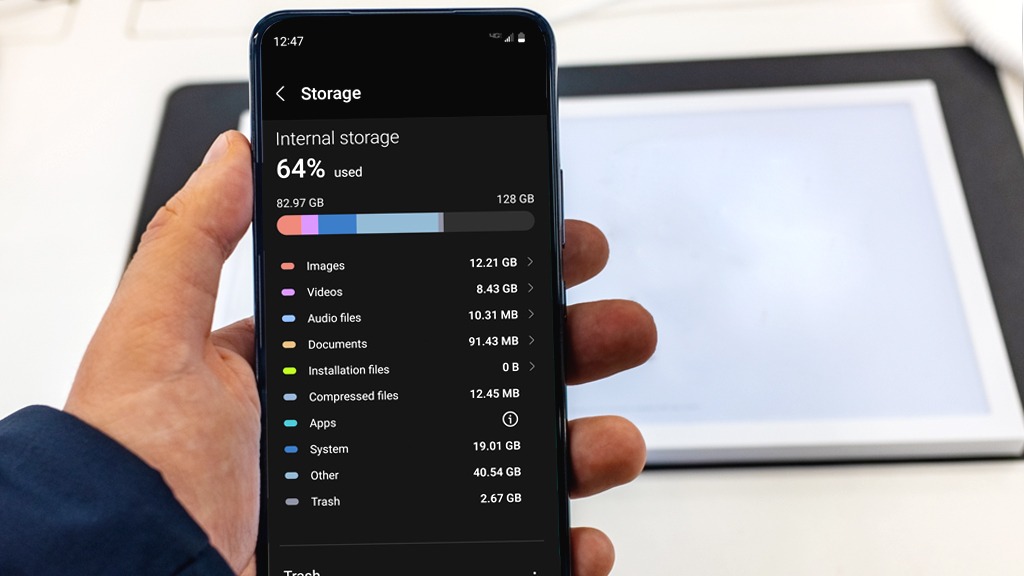
The quantity of storage that a new mobile phone provides is one of the essential decision considerations.. Actually, vivo Z1 comes with microSDXC (uses shared SIM slot) memory card slot, and the following internal storage: 64GB 4GB RAM – 64GB 6GB RAM – 128GB 6GB RAM
There are two types of phone’s memory:
Internal: It is integrated inside the phone, and can’t be increased. These days, most mobile phones come with internal storage of at least 32GB or 64GB and a few high-end models feature 256GB or 512GB.
External: It is a removable SD card used as an alternative memory to store photos, music, videos, etc., regardless of the kind of SD card slot.
vivo Z1 Review – Mobile Networks and Connectivity

A mobile network, also referred to as a wireless network, is a system that allows users to send and receive radio wave.. It consists of base stations, each of which comprises a distinct area that called “cell”. This grants many portable transceivers, such as mobile phones, to communicate with one another. By the way, there are 3 kinds of mobile networks in use: 3G, 4G (LTE), and 5G.
vivo Z1 supports the following networks: 3G. For more info, refer to vivo Z1 3G article. – 4G. For more info, refer to vivo Z1 4G article.
vivo Z1 Review of The Available Wireless Connections

This model comes with the following wireless connections:
* WLAN connection: {Wi-Fi 802.11 a/b/g/n/ac, dual-band, WiFi Direct, hotspot}. Wireless Local Area Network depends on Wi-Fi to connect to the home or office wireless network using the local router and offers Internet access.
* Bluetooth connection: {5.0, A2DP, LE}. It is a common wireless communication protocol used to communicate two devices together over short distances, allowing them share data between different devices.
* GBS connection: {Yes, with A-GPS, BDS}.Global Positioning System enables mobile phone to define any position you need.
* USB connection: {microUSB 2.0, USB On-The-Go}.Universal Serial Bus is wired technology that allows users to connect two devices, such as a smartphone with a PC, to either transfer data or to charge the connected device.
* Features Sensors: {Fingerprint (rear-mounted), accelerometer, proximity, compass}. The sensor is a device that detects and majors the changes in the nearby environment such as ambient light and motion.
The Operating System – vivo Z1 Review
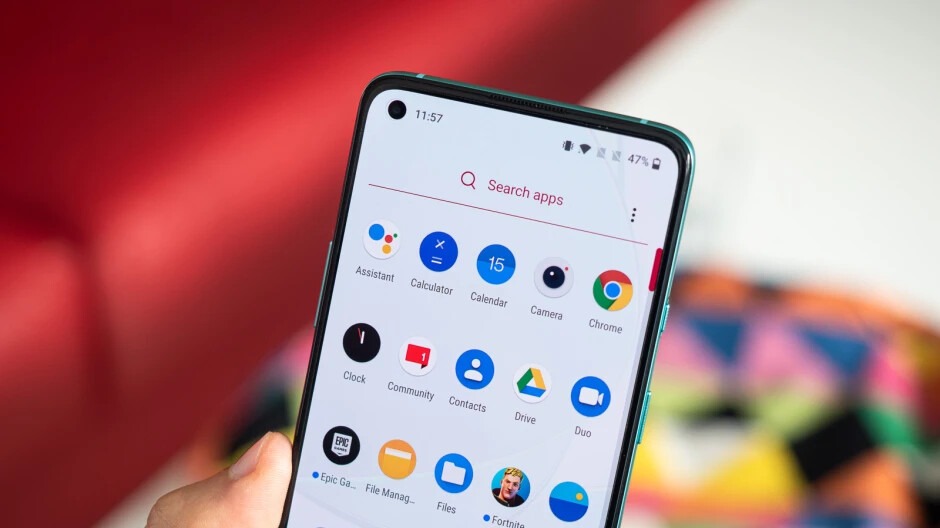
This model comes with {Android 8.1 (Oreo), Funtouch 4} operating system.
PHONE Review – The Battery Main Specs
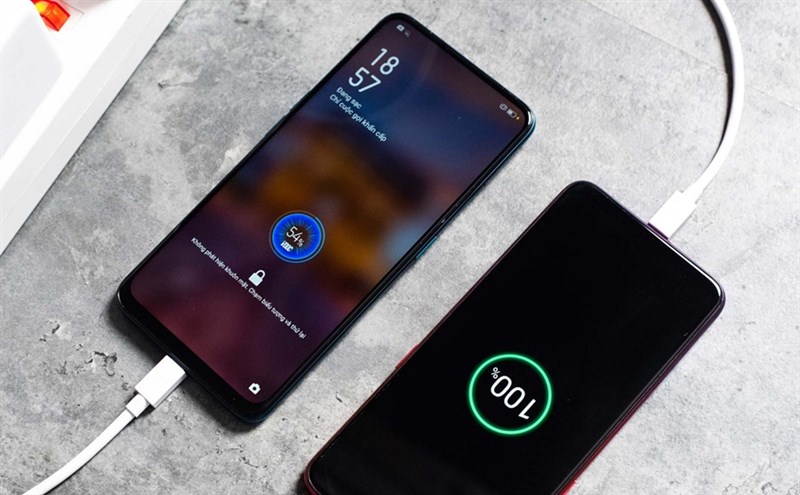
Nothing is more essential than the battery of the cellphone that keeps these devices running and providing daily life functioning. The following lines are containing vivo Z1 review of its primary battery.
* Battery Technology: {Li-Ion}.
* vivo Z1 comes with {non-removable} battery.
* Battery Capacity: {3260} mAh. It refers to the storage capacity a specific battery may offer. A battery with 3100 mAh capacity rating could supply a current of 3100 mA for one hour. Higher mAh ratings for the same battery kind will generally mean longer working time.


